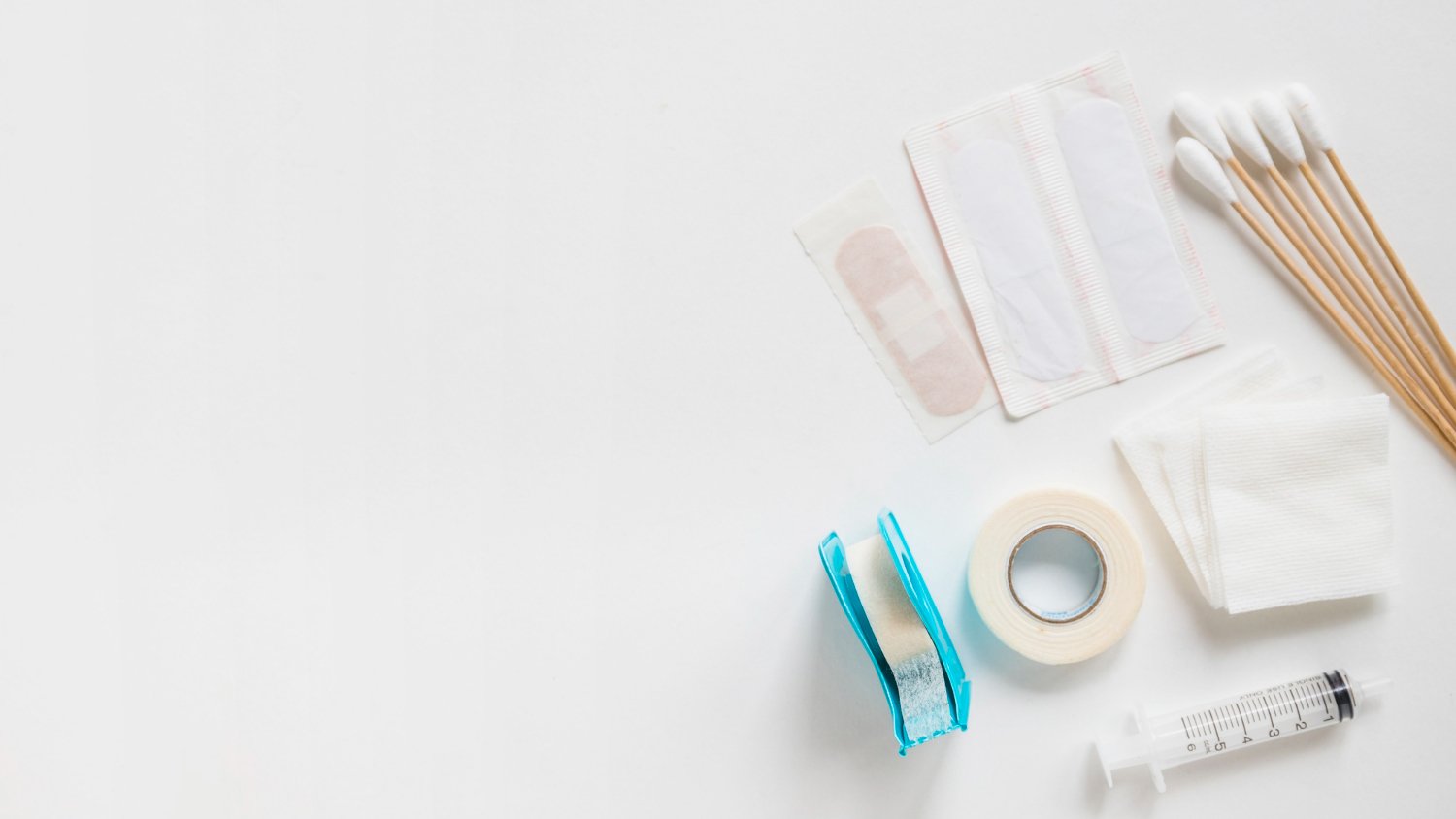Every day, people sustain various types of wounds, from minor cuts and scrapes to more serious lacerations and punctures. Although they may seem trivial, these wounds should never be neglected, as their proper care is crucial to ensuring a successful healing process. This article aims to provide an in-depth understanding of the importance of proper wound cleansing and its role in wound healing and prevention of infection.
Understanding Wounds
A wound is defined as a disruption in the regular structure of the skin or underlying tissues. Wounds can be categorized into acute, such as surgical incisions or accidental cuts, and chronic, like pressure ulcers and venous ulcers. The natural healing process of a wound involves several stages, including inflammation, tissue formation, and remodeling. This process, while usually efficient, can be hindered by improper wound care, leading to prolonged healing times, infection, and potential complications.

Importance of Proper Wound Cleansing
Proper wound cleansing plays a pivotal role in the healing process. First and foremost, it serves to prevent infection, which is a common complication of wounds. Bacteria and other pathogens can easily proliferate in the warm, moist environment of a wound, but thorough cleansing can help reduce this risk.
Additionally, wound cleansing can promote successful wound healing by removing debris and dead tissue that can interfere with the body’s natural healing processes. It also prepares the wound bed for further treatments such as dressings or topical medications, making them more effective.
Finally, the way a wound is cleansed can influence the long-term appearance and functionality of the scar that forms. Incorrect or aggressive cleansing techniques may result in more noticeable scarring or even loss of function in the affected area.
The Science Behind Wound Cleansing
The practice of wound cleansing involves more than just rinsing with water. Debridement, for instance, is an essential part of the process, which refers to the removal of dead, damaged, or infected tissue to improve the healing potential of the remaining healthy tissue.
Cleansing also aids in cell regeneration. By eliminating contaminants and potential sources of infection, it provides a more conducive environment for the growth of new skin cells.
Moreover, a fundamental principle in modern wound care is maintaining a moist wound environment, which has been shown to enhance wound healing. Proper cleansing prepares the wound bed for the application of moisture-retaining dressings.

Techniques for Proper Wound Cleansing
The initial cleansing of a wound is particularly important. It should involve gentle irrigation with a suitable solution, such as saline or a specific wound cleanser, to remove contaminants. Excessive force should be avoided, as it can cause further injury to the tissue.
Cleansing of chronic wounds often poses more challenges. These wounds may contain a large amount of non-viable tissue, which needs to be removed through careful debridement. There are various methods of debridement, and the choice largely depends on the specific characteristics of the wound and the healthcare provider’s judgement.
In terms of tools and solutions, sterile saline is widely accepted as the preferred cleansing solution due to its safety and compatibility with body tissues. For specific types of wounds or based on individual needs, certain antiseptic solutions may also be used.
Benefits of Using a Wound Cleanser
Wound cleansers facilitate swift, effective cleaning by loosening and removing debris and bacteria, reducing the risk of infection. They often contain ingredients to maintain an optimal pH and moisture balance, promoting faster healing. Specially formulated cleansers can also be less irritating and damaging to healthy tissues than traditional antiseptics, aiding in pain management and comfort during the cleansing process.
The Risks of Improper or Inadequate Wound Cleansing
Neglecting or improperly cleansing a wound can lead to serious complications. These include increased risk of infection, delayed healing, increased pain, and the development of more prominent scar tissue.
Consider the case of a man who had sustained a minor cut while gardening, which he promptly ignored. The wound became infected, leading to cellulitis and ultimately requiring hospitalization. This situation could have been avoided with the application of basic wound cleansing and care practices.
Conclusion
Understanding the importance of proper wound cleansing is critical for promoting successful wound healing, preventing infection, and minimizing scarring. While it may seem a simple task, correct wound cleansing requires knowledge of the right techniques and tools. It is crucial to educate ourselves and adhere to recommended wound care practices to achieve optimal outcomes.




